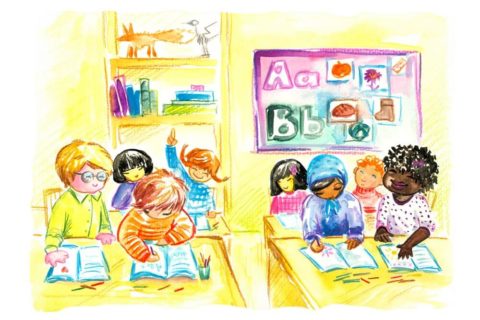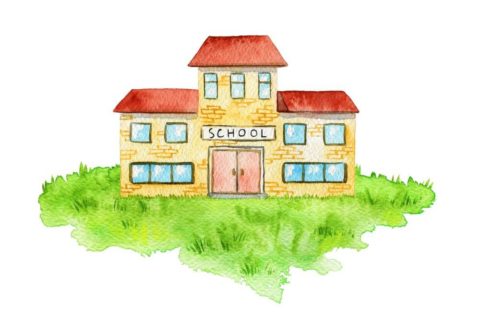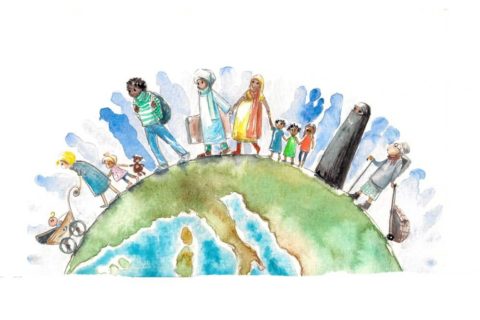By Jonathan Steffen
For a typical family living internationally, there are three main educational options — local schools, international schools, and home education — which are highlighted below. Some families choose a hybrid model, blending two or more of these options to fully meet their child’s needs.
Local Schools
For some families, a good option is to enroll your child in a local school. This may be related to financial constraints, desire to learn local culture and language, or it may simply be the best option. While many international families will find that local schools may not be on par with their home country schools, others may find that local schools match or even exceed their home country schools.
Local schools can have a national or private curriculum, with private schools often offering higher standards and flexibility to meet your needs. Important factors to consider are:
International Schools
If you live in one location for a longer period of time, you may choose to enroll your child in an international school. These schools are in most major cities of the world and often English is the primary instructional language.
Usually these schools are accredited and provide transferable credit to western schools. They are the most expensive educational option and offer a variety of activities and opportunities. Curriculum and educational standards vary widely among international schools.
Read more about International Schools at World Family Education.
Some international schools offer a boarding program where students can reside on campus while parents live elsewhere. Usually this is available only for older students (middle/high school or secondary school level). Boarding students travel to visit their families during school holidays and breaks.
Read more about International School Boarding Programs at World Family Education.
Home Education/Homeschooling
Home education, also known as homeschooling, is exactly what is sounds like — educating your child at home. With this educational model, an adult (a parent or tutor) helps the student study several core subjects such as mathematics, history, languages, science, and geography.
Thousands of curriculum options are available (some physical and some web-based), and it’s possible to use one source, blend several, or use none at all. Usually home education also involves managing instruction, testing, grades, and transcripts.
If you are settled in one location for a longer period of time, your child can also focus on special-interest subjects or join home education cooperatives.
There are many different philosophies and approaches to home education, and these are explored in our home education section.
Learning Centers/Homeschool Centers
In some countries where education is highly regulated, commercial or religious interests will set up centers that are not registered as schools but offer similar services. They often use independent learning materials and curriculum designed for use in home education for their instructional system. In many centers, students work independently, filling out and completing workbooks and taking tests. There may or may not be a trained teacher involved in this process, and proper accredited certificates and diplomas are not usually a part of the package.
Hybrid Options
You may blend some of the options listed here, depending on the flexibility you find in your area. For example, many families have found success in the following:
Some children enrolled in local schools also study core subjects via home education to later transition to school systems in other locations.
Sometimes a community of international families is in an isolated location, but has the resources to start a small school with one or two teachers working with multiple grade levels. The curriculum can be a mixture of homeschool and traditional materials, and the teachers may be trained teachers, or experiences parents.
A community of home educating families might connect and collaborate to offer some classes or experiences in a group setting with parents taking turns to carry out the teaching roles.
Children enrolled in an international school (or using home education curriculum) that uses English as the primary instructional language receive additional education in their home culture/language in the evening or during the weekend. Typically, this is done by families that are not native English speakers.
Some home countries will require specific courses that are not offered by the international school in the host country. These courses can often be done online or by mail to fulfill these requirements.
What’s Next?
Head back to the main page or explore these introductory pages at World Family Education:








